Pulsara Around the World - July 2025
June Recap Celebrating Customer and Community Successes In Colorado Teams in Colorado Springs, CO, are using Pulsara to keep STEMI DTB times under 30...
7 min read
 Team Pulsara
:
Dec 18, 2020
Team Pulsara
:
Dec 18, 2020
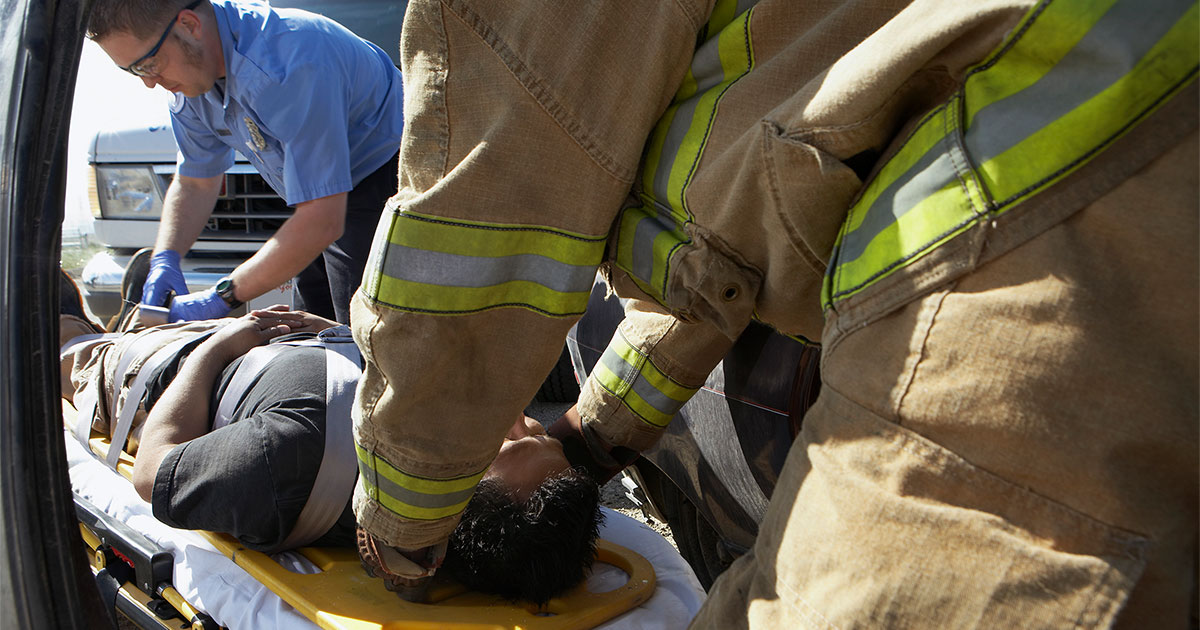
EDITOR'S NOTE:This article originally appeared on EMS1.com. Special thanks to our guest author, Michael Fraley of EMS1 BrandFocus.
__
Much has been written over the years about responding to and managing “The Big One.” The list of all the articles and books about mass casualty incident management is a long one.
Every year, we conduct tabletop drills and full-scale exercises, tearing apart retired school buses and carrying high school drama students from the “scene” and around the block to the EMS station, where they are thanked with a free lunch.
During our refresher training, we review the concepts of incident command and practice assigning triage levels to paper patients.
But are we ever truly prepared for an MCI? These are complex scenarios, and every incident is different. True MCIs are uncommon, and most of us will be involved in only one or two over the course of our careers.
What do you really need to remember in order to save lives at the scene of a mass casualty incident? There are many great tips, tricks, and memory aids for keeping calm in the heat of the moment, but here are 10 pointers that any level of EMS provider can use to help manage mass casualty incidents.
Although it may not come as naturally to EMS responders as it does to fire department officers, establishing incident command on scene as soon as possible is clearly a best practice. As EMS1 editor Kerri Hatt wrote recently, “The first 10 minutes of an MCI and how the response is launched considerably impact emergency operations and survival.”
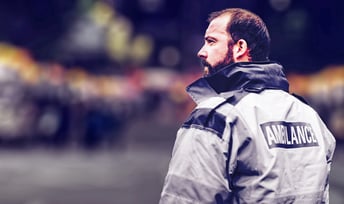
Incident command begins small, with the first arriving units identifying the situation and clearly declaring that an incident commander is in charge. If it’s just you and your partner pulling up on scene, one of you assumes IC while the other begins a scene assessment and triage.
The danger in not getting IC rolling is that important communication with dispatch and incoming units may not occur, assessment of the entire situation will be incomplete, and planning for more resources will be delayed. Arriving help will not be briefed, and they will have to figure out for themselves what is going on and what they should do.
Take control of the situation and establish command early on. You can always hand it off to the next officer or leader who arrives.
A quick but thorough survey of the scene is critical for the safety of providers, care of the victims and success of the incident action plan.
Early arriving units must determine the basics of what happened and how (i.e., mechanism of injury) and make sure that any safety concerns are being addressed. The scene survey should also identify all the victims involved in the incident.
A 360-degree survey concept is popular in the fire service. This simply means getting a view of the scene from all angles. It might involve physically walking around the incident, or at a minimum, getting reports from others who have checked each area of the scene. Remember to expand the search for patients who many have walked away or been thrown beyond the obvious radius of the incident.
The information you learn in the scene survey will also be used as the MCI response develops and locations for incident command, staging, patient treatment areas, and ambulance ingress and egress routes are determined.
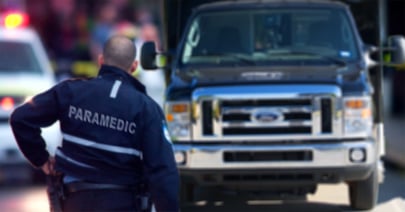
Now that you have established incident command and you know the details of the scene and the incident, it’s time to make the call for more help. Get them started early. You’ve heard it before: It’s better to get help rolling and then cancel them if you determine they are not needed than to have to wait longer for them to respond. This is especially true for those of us that work in more rural areas with many miles between us and the closest source of backup.
Use the systems that you have in place to request additional units from your mutual aid resources. Do you have a multiple patient or mass casualty plan that streamlines the dispatch of more units? Do you have automatic aid protocols or a system, such as the Mutual Aid Box Alarm System (MABAS) used in the Midwest? Be familiar with the protocol you have and how to activate it.
It’s important that EMS providers can be clearly identified on scene, especially the incident commander. Whether it’s a brightly colored vest, ball cap, helmet, or glow stick taped to your shoulder, wear some sort of clear identification so that other responders know that you are incident command, operations section chief, EMS branch director, or one of the group supervisors.
Clear identification establishes the fact that ICS is being used and reminds others to follow it. Visual identification also reduces the amount of time someone needs to search the scene for an incident leader. There is nothing more frustrating than showing up on scene ready to get to work and having to ask person after person who is in charge.
One of the more controversial portions of MCI management is patient triage and use of triage tags. It is clear that we have not figured out the best way to triage and tag patients, but that does not mean that the principles of why we need to do it are invalid.
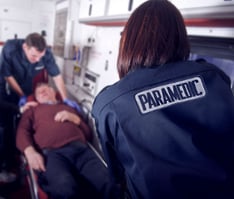 Triage is meant to be a simple, quick sorting of the patients that need help. It is not a thorough or definitive assessment. Patients will get that at a later stage. The initial triage is intended to give you an idea of how many patients you have, what their general conditions are, and what additional resources you need. A good triage sweep provides important information that can put incident command more in control of the situation by turning the unknown into the known.
Triage is meant to be a simple, quick sorting of the patients that need help. It is not a thorough or definitive assessment. Patients will get that at a later stage. The initial triage is intended to give you an idea of how many patients you have, what their general conditions are, and what additional resources you need. A good triage sweep provides important information that can put incident command more in control of the situation by turning the unknown into the known.
Using triage tags documents the initial triage level and makes it easier for other responders to identify patients and move them to appropriate treatment or transport areas. They do not need to waste time re-triaging the patient.
Triage tags also provide an accurate patient count and help track their movement. You do not need to completely fill in all the blanks on the tags, but they do need to be put on the patients, with triage levels indicated.
For most of us, MCIs are not an everyday occurrence (thank goodness). It may be months or years since your last mass casualty training exercise.
With all the other stuff we need to remember each and every day, how can we remember the steps we need to take when faced with these unique situations? Checklists and reminder cards are a quick and easy way to stay on task, be decisive, and make sure that nothing is forgotten.
Many commercial EMS MCI kits come with basic checklists for each EMS-related position in the ICS. Checklists are also available in many state and regional MCI template plans.
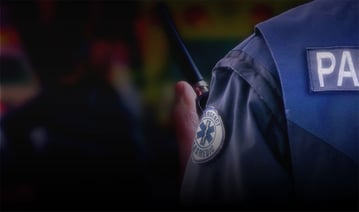 Time and time again, communication is one of the biggest breakdowns in MCI response. To help address this, responders can try to reduce the amount of radio traffic we contribute.
Time and time again, communication is one of the biggest breakdowns in MCI response. To help address this, responders can try to reduce the amount of radio traffic we contribute.
Before you press the “talk” button, think through what you are going to transmit and make sure it is necessary. If it does not help someone else do their job or be safe, it may not need to take up limited airtime.
If you do need to send a message, keep it short and to the point. If you are the recipient of the message, respond and briefly repeat the key details of the message to confirm that you received it correctly and understand.
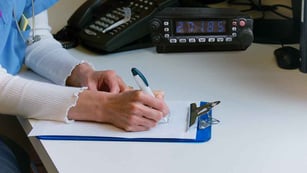 The hospitals in the area must be prepared to not only receive the patients that are transported from the scene by ambulance, but also for the casualties that self-transport. In recent incidents, we have seen an increasing number of patients that are transported to the closest hospitals by law enforcement, taxis, ride-sharing services, and well-meaning bystanders. In some cases, seriously wounded victims have arrived at hospitals before they were even notified that an incident had occurred.
The hospitals in the area must be prepared to not only receive the patients that are transported from the scene by ambulance, but also for the casualties that self-transport. In recent incidents, we have seen an increasing number of patients that are transported to the closest hospitals by law enforcement, taxis, ride-sharing services, and well-meaning bystanders. In some cases, seriously wounded victims have arrived at hospitals before they were even notified that an incident had occurred.
Establish a solid communication link with the base hospital, medical coordination center or other resource directing where patients are transported and keep them updated for the duration of the event. Be sure to notify them when all patients have been transported so that they can stand down triage teams and direct resources to caring for the patients they already have.
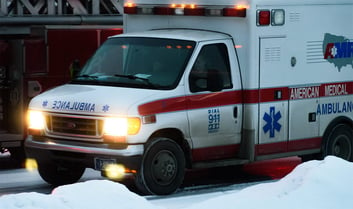 When arriving at the scene, be cautious about where you park. Besides the concerns of scene safety, routes to move ambulances and other emergency response vehicles in and out must be maintained. Nothing will bottleneck a scene quicker than randomly parked, driverless rigs clogging up the only route in and out of a scene.
When arriving at the scene, be cautious about where you park. Besides the concerns of scene safety, routes to move ambulances and other emergency response vehicles in and out must be maintained. Nothing will bottleneck a scene quicker than randomly parked, driverless rigs clogging up the only route in and out of a scene.
The time you take to park appropriately before rushing to your patient will be worth the effort to keep other patient transports moving. If you are in an ICS position, establish one-way traffic routes in and out of the scene. Directing incoming units to wait at staging until they are needed may also relieve congestion.
An often-overlooked aspect of MCI management is the tracking of patients transported from the incident scene. While patient tracking is not likely to change or improve the care of the patient during their transport, it can make a significant difference in the big picture.
Identifying victims and reuniting them with loved ones is an important step that hospitals often struggle with after an MCI or disaster. This is especially true when minors are involved, or the patients cannot speak for themselves.
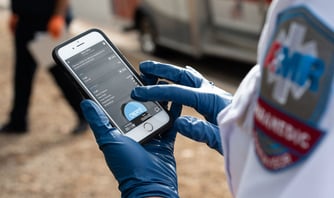 Information from a patient tracking system may also aid law enforcement investigating the incident, and it will be critical for documenting the incident afterwards. Patient tracking data will aid cost recovery and development of after-action reviews.
Information from a patient tracking system may also aid law enforcement investigating the incident, and it will be critical for documenting the incident afterwards. Patient tracking data will aid cost recovery and development of after-action reviews.
As technology becomes more available, products and systems for performing accurate and efficient real-time patient tracking are improving. If package delivery services can update you step by step as the new car wash mitt you ordered makes its way across the county to your front door, we should expect the same from a patient tracking system.
No matter how well prepared we are, responding to mass casualty incidents and other disasters is often chaotic and complicated. Response plans, training, and exercises can go a long way toward improving our ability to respond quickly and save lives. Participate in your service’s efforts to be prepared and keep these 10 things in mind to help bring control and safety to the scene.
About the Author
Michael Fraley has over 25 years of experience in EMS in a wide range of roles, including flight paramedic, EMS coordinator, service director and educator. Fraley began his career in EMS while earning a bachelor's degree at Texas A&M University. He also earned a BA in business administration from Lakeland College. When not working as a paramedic or the coordinator of a regional trauma advisory council, Michael serves as a public safety diver and SCUBA instructor in northern Wisconsin.
For more ideas on how to prepare for large-scale emergencies before they happen, check out Large Scale Disaster Prevention and Mitigation: Top 6 Takeaways.
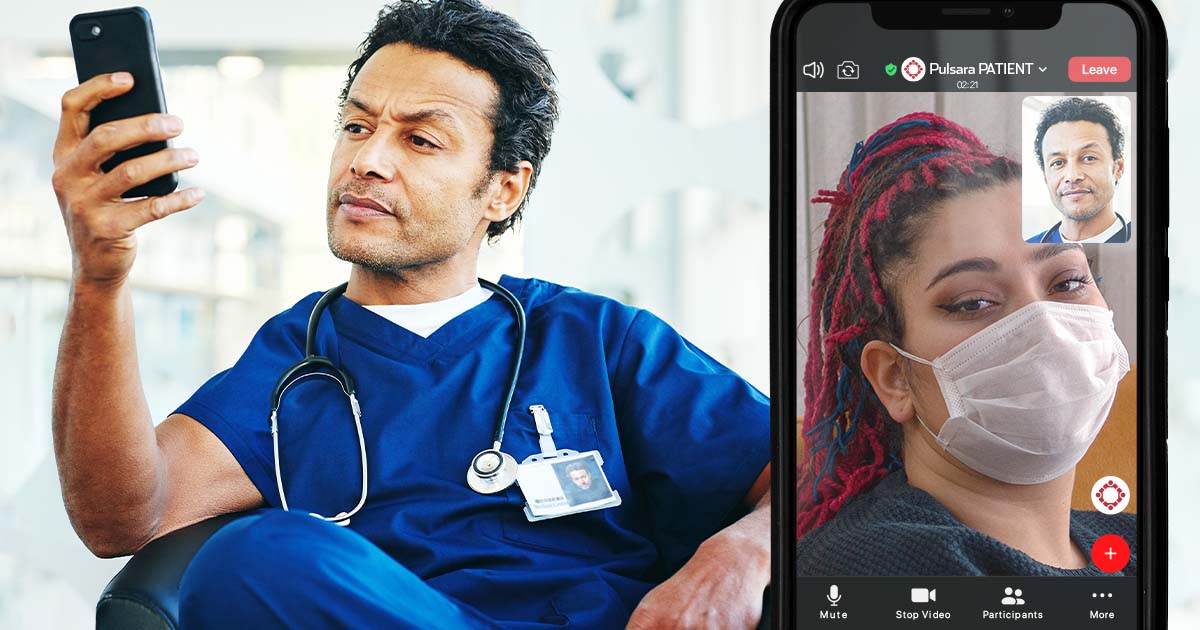
June Recap Celebrating Customer and Community Successes In Colorado Teams in Colorado Springs, CO, are using Pulsara to keep STEMI DTB times under 30...
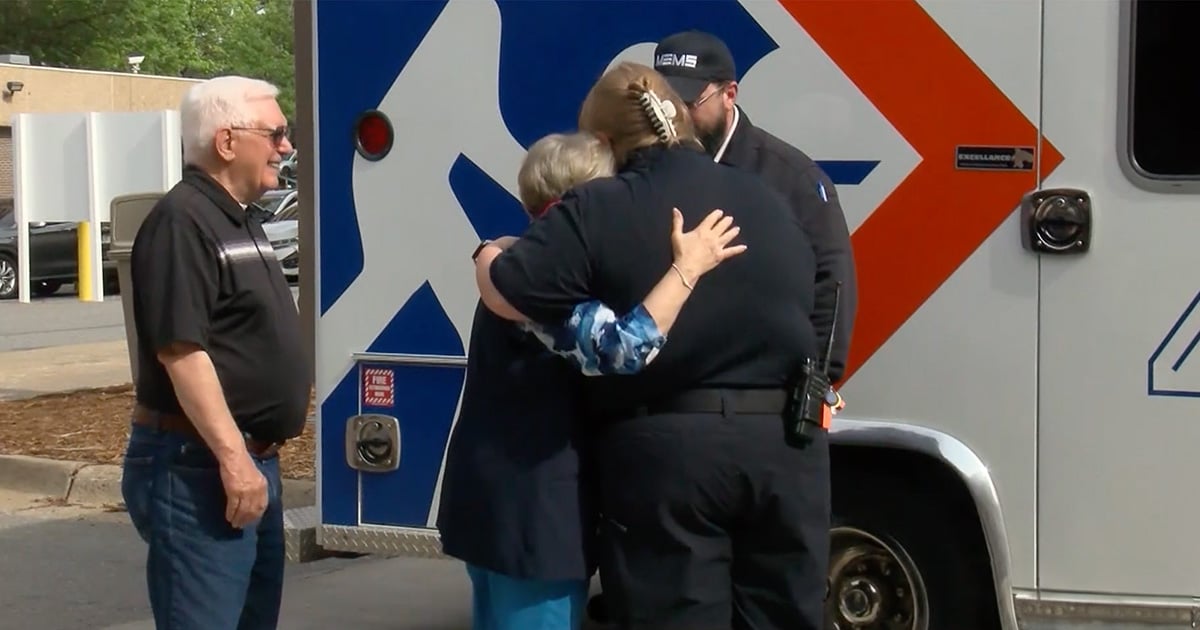
How Metropolitan EMS and Baptist Health Medical Center worked together to achieve a remarkable outcome for one stroke patient When a woman in Little...
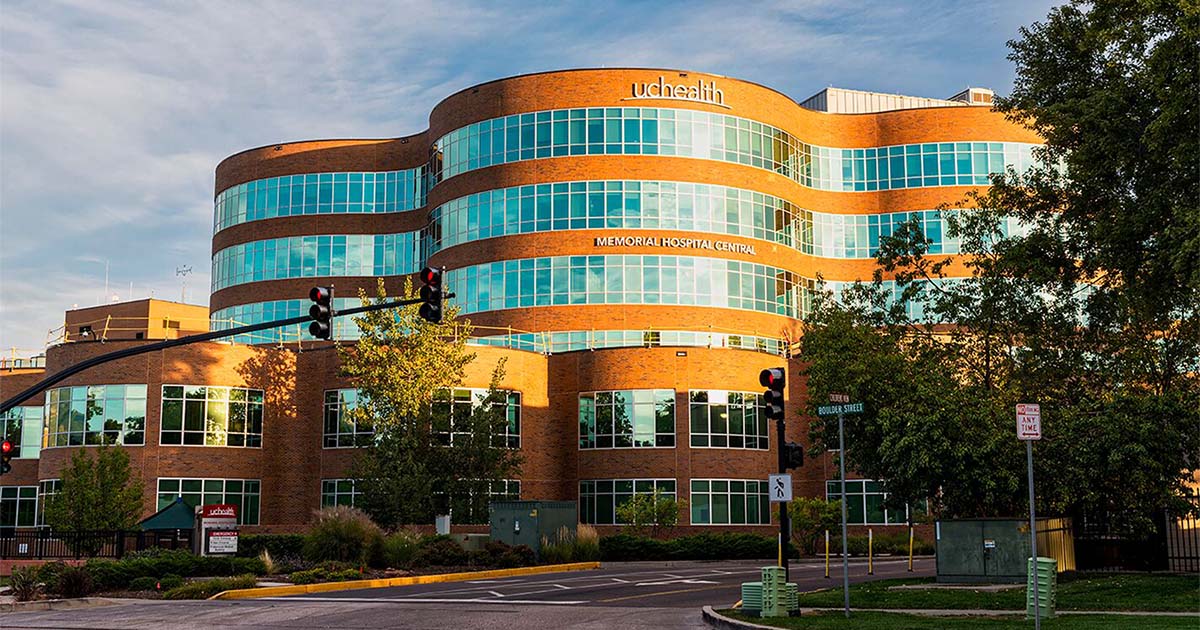
UCHealth Memorial Hospital is Using Pulsara to Facilitate Feedback, Education, and Better Outcomes Across Organizations What if the future of...